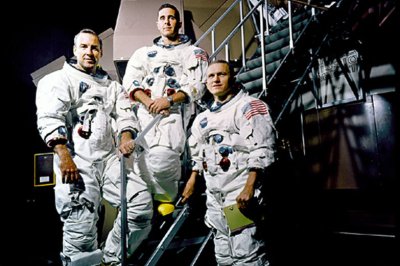Topic: George Cayley
Sir George Cayley, 6th Baronet (27 December 1773 – 15 December 1857) was a prolific English engineer and one of the most important people in the history of aeronautics. Many consider him the first true scientific aerial investigator and the first person to understand the underlying principles and forces of flight. Sometimes called the "Father of Aviation", in 1799 he set forth the concept of the modern aeroplane as a fixed-wing flying machine with separate systems for lift, propulsion, and control. Often known as "the father of Aerodynamics", he was a pioneer of aeronautical engineering. Designer of the first successful glider to carry a human being aloft, he discovered and identified the four aerodynamic forces of flight—weight, lift, drag, and thrust—which are in effect on any flight vehicle. Modern aeroplane design is based on those discoveries including cambered wings. He is credited with the first major breakthrough in heavier-than-air flight and he worked over half a century before the development of powered flight, being acknowledged by the Wright brothers. He designed the first actual model of an aeroplane and also diagrammed the elements of vertical flight.
Cayley served for the Whig party as Member of Parliament for Scarborough from 1832 to 1835, and helped found the Royal Polytechnic Institution (now University of Westminster), serving as its chairman for many years. He was a founding member of the British Association for the Advancement of Science and was a distant cousin of the mathematician Arthur Cayley.
Cayley, from Brompton-by-Sawdon, near Scarborough in Yorkshire, inherited Brompton Hall and its estates on the death of his father, the 5th baronet. Captured by the optimism of the times, he engaged in a wide variety of engineering projects. Among the many things that he developed are self-righting lifeboats, tension-spoke wheels, the "Universal Railway" (his term for caterpillar tractors), automatic signals for railway crossings, seat belts, small scale helicopters, and a kind of prototypical internal combustion engine fuelled by gunpowder. He also contributed in the fields of prosthetics, air engines, electricity, theatre architecture, ballistics, optics and land reclamation, and held the belief that these advancements should be freely available.
It uses material from the Wikipedia article "George Cayley."





